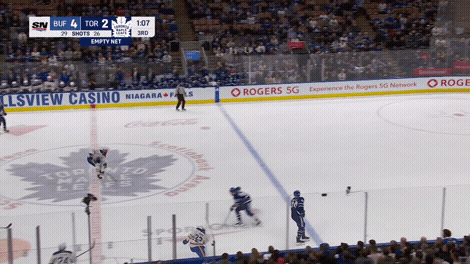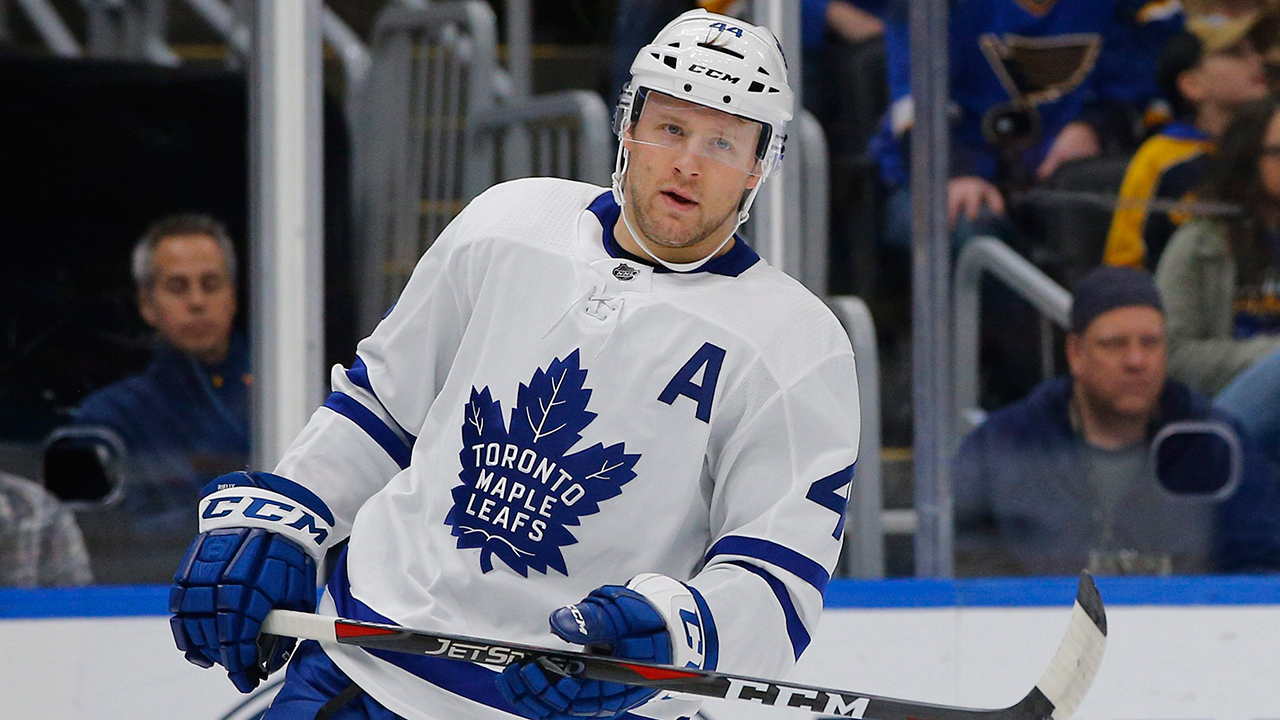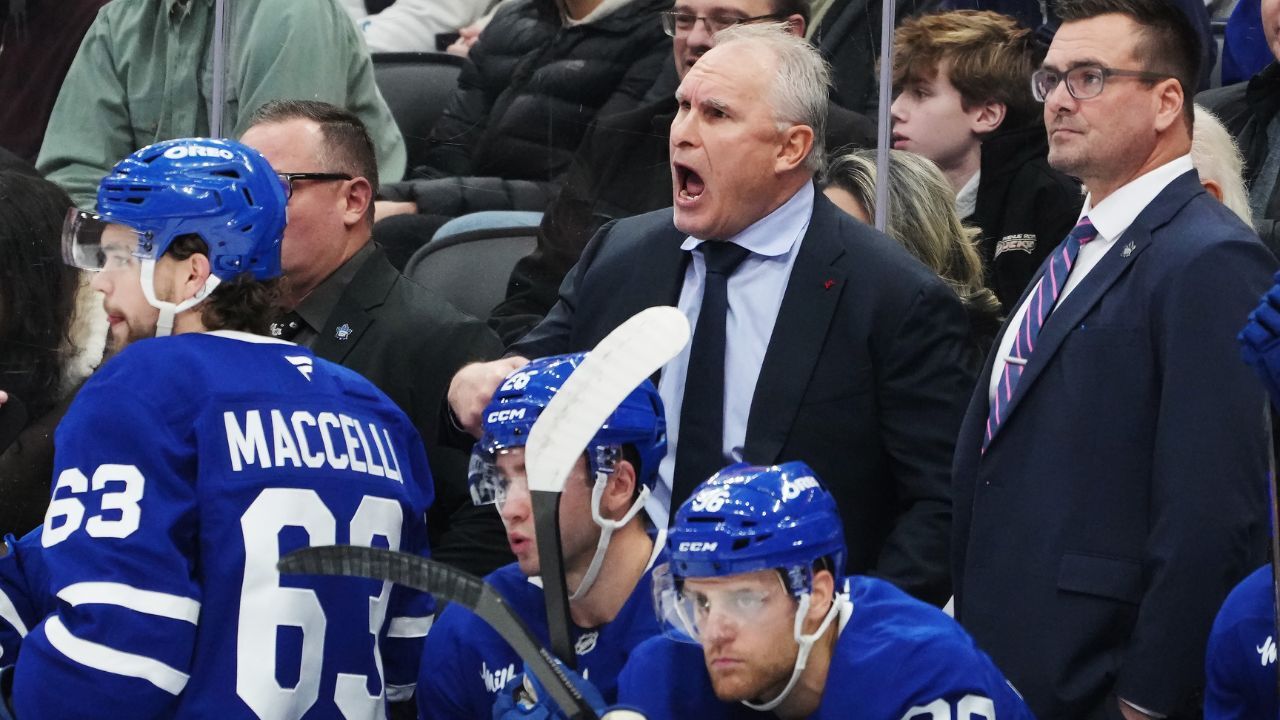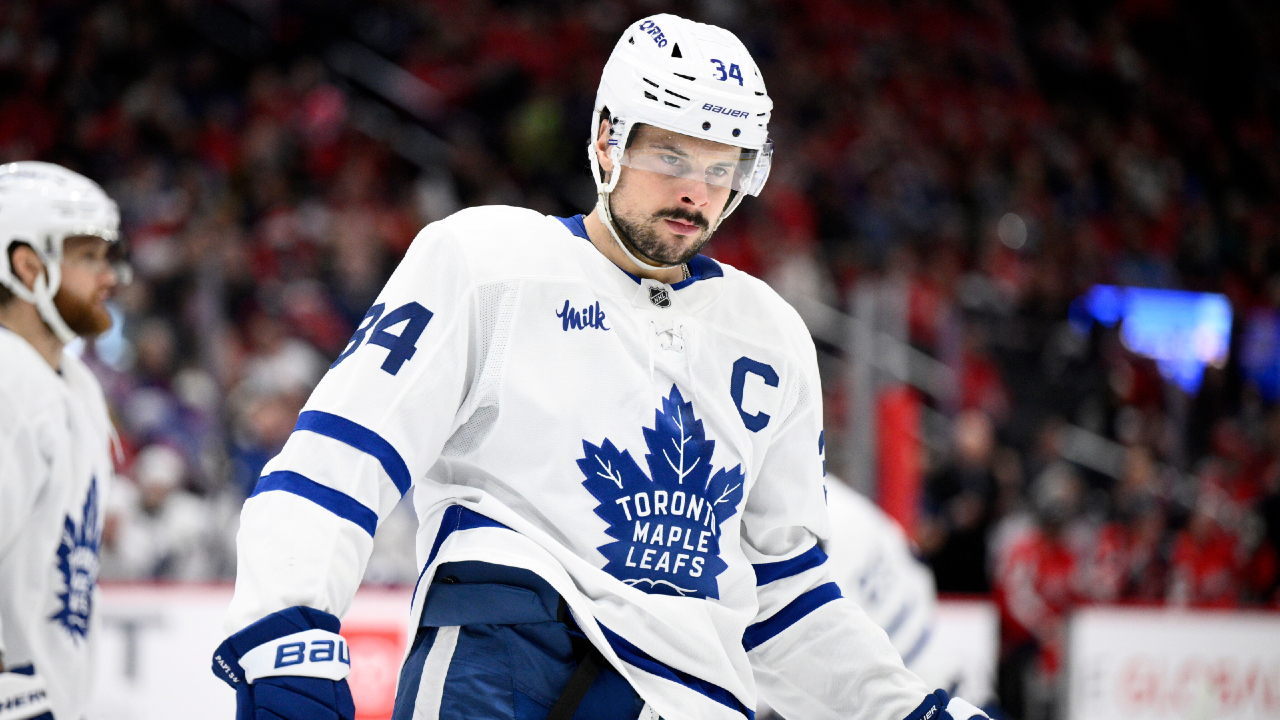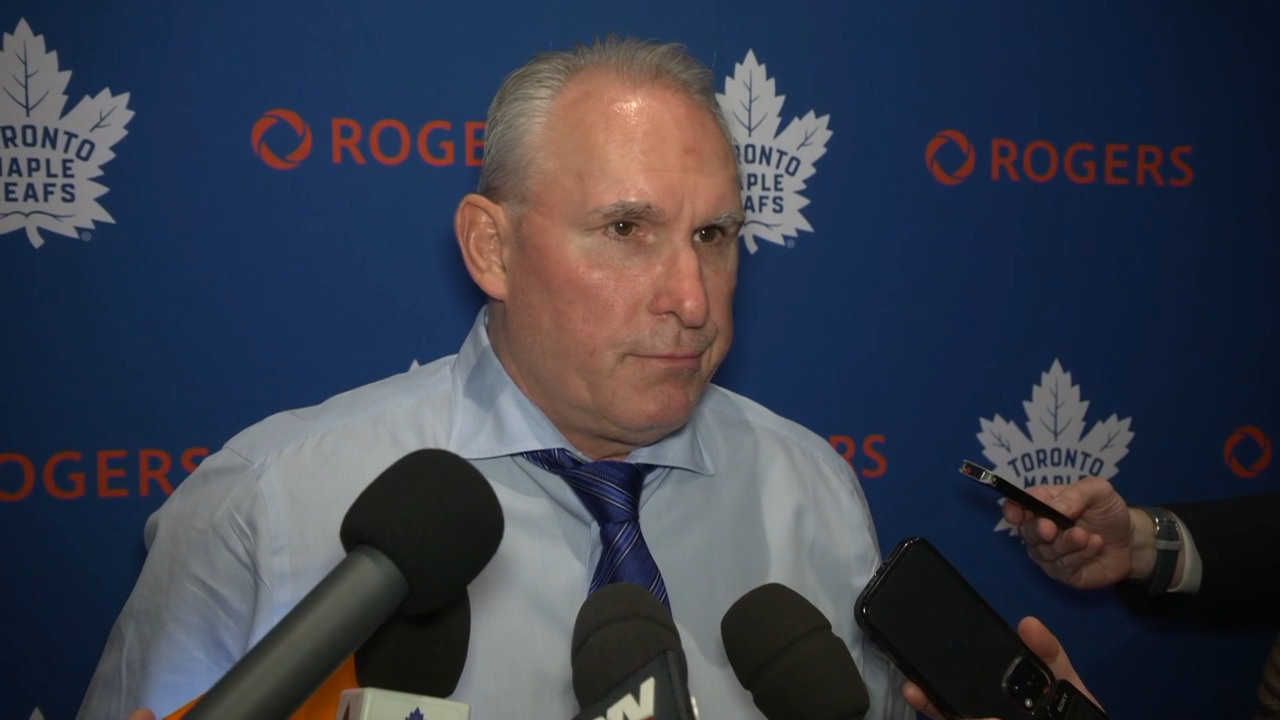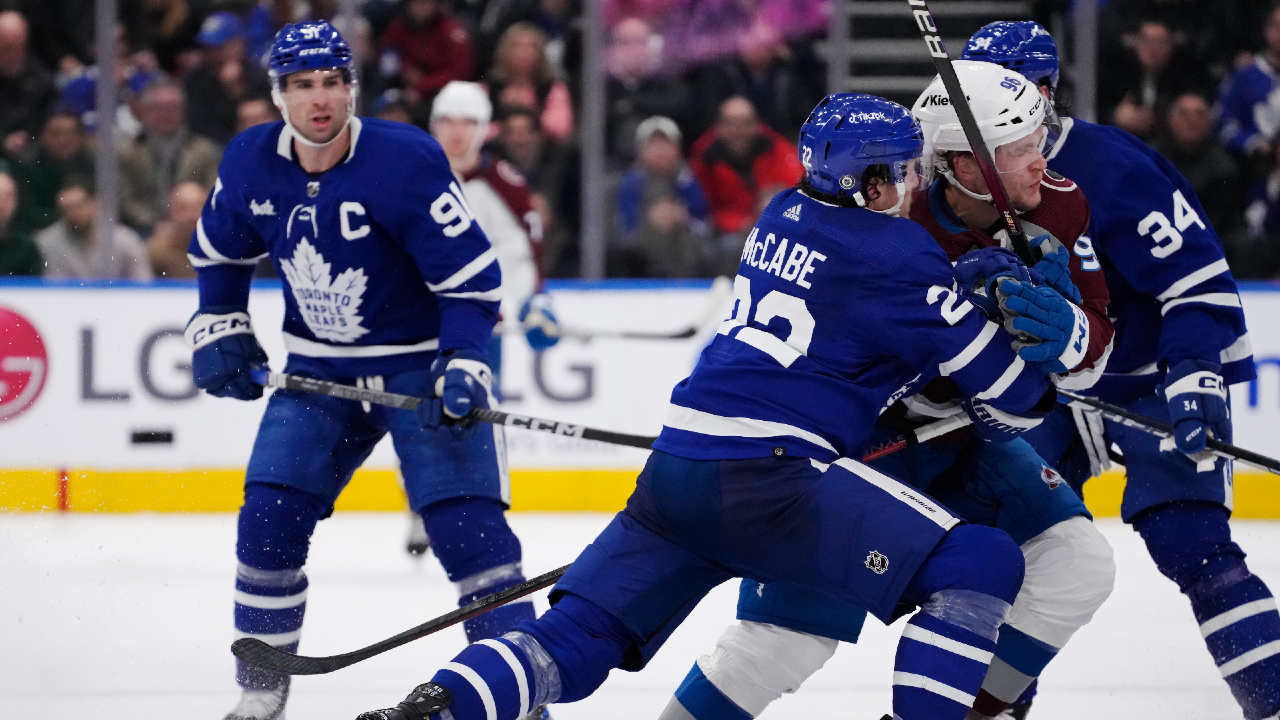
Creating consistent offence in the playoffs is different from doing it in the regular season, in part because the “gifts” dry up. The bottom-16 teams are gone, which means the glaring coverage errors you would get against those worst teams suddenly stop showing up, and every opportunity you do get comes with wearing a defender like a backpack. It’s not just that you solely start playing a top-16 opponent, but the energy and intensity legitimately does rise too, and so a harsh reality sets in for a lot of skill guys: things get a whole lot harder.
Just under a year ago Dom Luszczyszyn of The Athletic evaluated the idea of “heavy hockey” and if there’s anything to its perceived value in playoffs, in which he found that the smallest skill guys had in fact suffered the largest decline in output in the post-season. The statistical examples used were Johnny Gaudreau, Mitch Marner, Nik Ehlers, and others who suddenly stopped being able to create as much with either pure deception or raw skill.
But it’s not just the small guys who’ve struggled to continue creating. The Toronto Maple Leafs, in general, have suffered this fate. In their most disappointing post-season performances, they seemed content to have the puck around the outside, never challenging in, while lesser opponents (in Columbus and Montreal) packed it in and dared them to shoot from distance like the Leafs were Russel Westbrook standing outside the three-point line.
In fact, I remember tweeting about how much they just got stuck on the paint:
It’s the “through” not “around” season of creating offence, and the Leafs were
just plum-stuck for ideas on how to get inside, eventually turning in a lifeless zero-
goal effort in the series’ deciding game.
And while the Leafs haven’t quite found their way inside enough in the past,
they’ve got a few things going for them should make their fans feel optimistic this
time around. (“It’s the hope that kills you,” they say, but what’s the point without
it?)
For one, their core is older.
I’m a big believer that you can’t tape “grit” or “commitment” to the outside of a
core group that isn’t up for the physical challenges of the game, and it can be
really hard for young players in the NHL to mentally grasp how much of getting to
the net in playoffs is not just a physical effort, but a mental one. They’ve gone
through the learning curve at this point.
But that also ties to their play of late. I’ve been impressed by how often we’ve
seen players in that same core lean on the opposition to get to the inside. Getting
older and wiser and more confident allows players to know that they can invite
contact, and use it for personal gain.
There’s been a dozen examples, but the most obvious were Auston Matthews
saying “get off me” to a much smaller defender before cutting in:
And William Nylander being unfazed by Rasmus Dahlin’s weight, getting into a
good shooting position here:
And even the way Matthews just turns his back here the way Jaromir Jagr used to, as the Leafs offence tests their way to the inside:
It’s a comfort level. And the Leafs should be comfortable based on stats: no team in the NHL has taken more shots from within eight feet of the net while under pressure this season, which means they keep going back for more despite being tightly checked.
They’re a top-5 team in total inner slot shots, slot passes, cycle chances, basically any category that reflects playoff-style offence. This is not a team that’s lived on the outside and hucked harmless pucks at the net. Their leaders are Auston Matthews, John Tavares, and William Nylander, but a guy like Michael Bunting isn’t too far behind either, still ranking inside the top-50 league-wide. With Calle Jarnkrok, Ryan O’Reilly and a few others, there’s some depth among the players who are comfortable playing on that important ice.
Combine that with the fact that Tampa Bay’s defence isn’t exactly the Carolina Hurricanes in this department, and it may be possible the Leafs can continue to create this post-season. The Bolts D is 11th in inner slot shots allowed and 17th in total slot shots allowed.
The Leafs have looked at their group and acknowledged this shortcoming from previous years. Out went Pierre Engvall, who failed to score in his 17 playoff appearances, and in came net front presences in Noel Acciari and Sam Lafferty. There’s a fun stat category (if you like stuff like this) that I’ve been checking out that seems to pull up all the league’s most chaotic forwards: Inner slot shots with traffic. I see that and I think net front scrums, and jamming for pucks. Acciari is 5th in the league there, a category led by Brady Tkachuk, where he’s surrounded by named like Tyler Bertuzzi, Zach Hyman, Artturi Lehkonen and other “inside” players.
I’ve gone back and looked at my previous work on the Leafs post-season runs, and the inability to get in during the crucial moments is key. The Leafs made major strides there last year, and were it not for a pick call in Game 7 we may be saying they did a good job getting in last year.
So while I’ve written about my concerns with them finding enough offence with this team very recently, I do see a group that may have an offence that can replicate a more playoff-style type of chance creation. And given they’re looking for any way to change their previous season’s outcomes, that’s nothing but a good thing.



